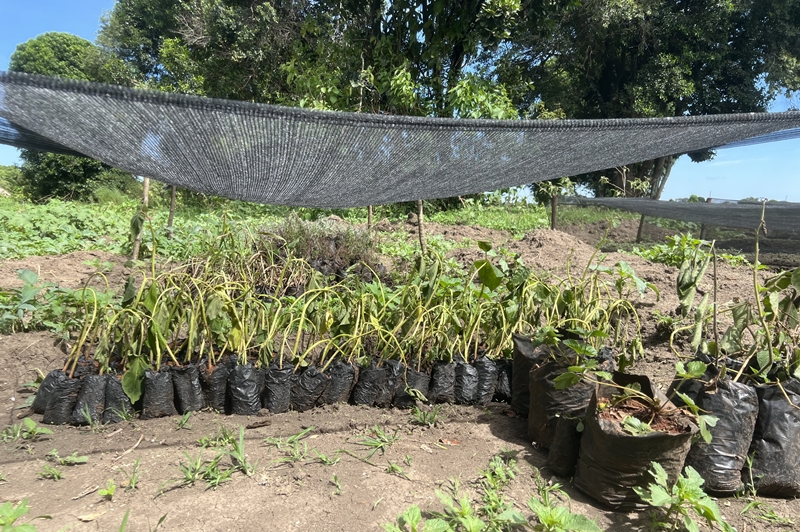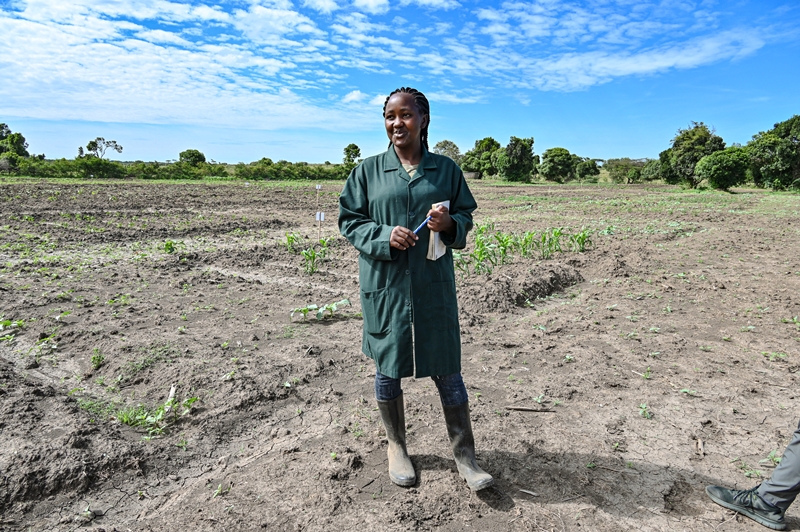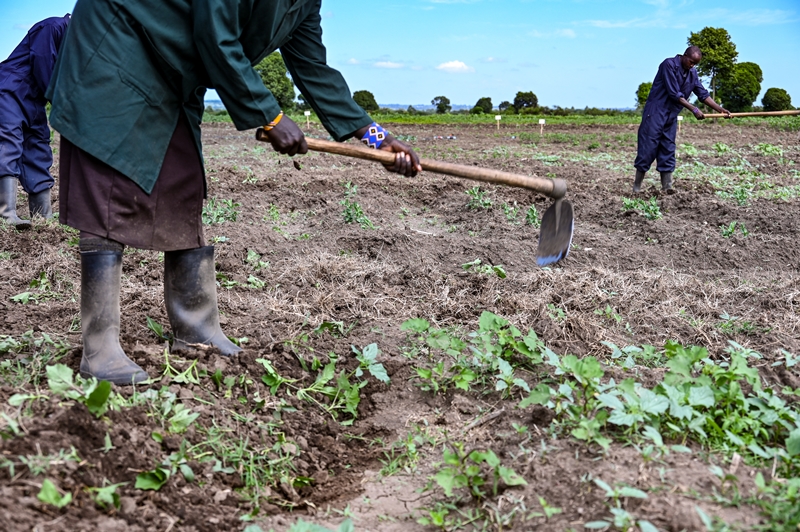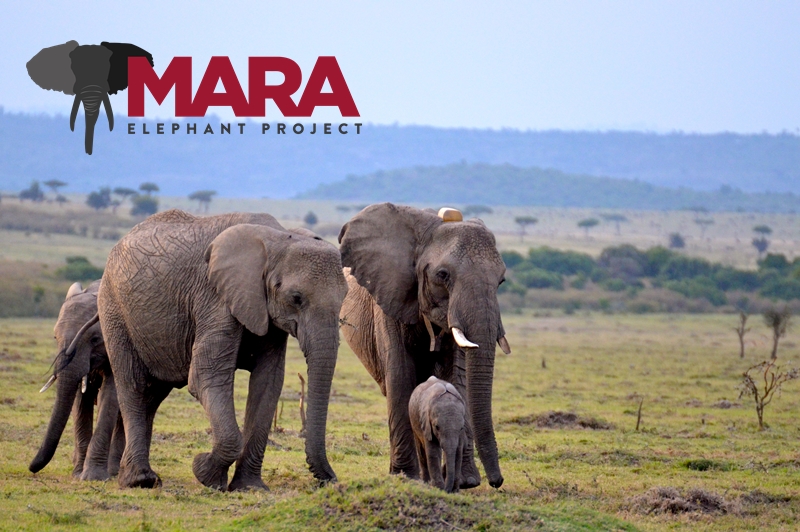Project: Experimental Farm – supporting Mara Elephant Project to find solutions to promote human-elephant coexistence.
2022 Project Partner: Mara Elephant Project (MEP) – Protecting elephants and their habitats across the Greater Mara Ecosystem (GME)
Find out more about Mara Elephant Project. Set up a Fundraising Page.
About Mara Elephant Project – Monitor, Evaluate, Protect
Established in 2011, Mara Elephant Project (MEP) envisions the existence of a stable elephant population co-existing peacefully with people across the Greater Mara Ecosystem (GME). During the last 10 years MEP has employed a strategy of ‘boots on the ground’ rangers and applied research. A collaborative approach has disrupted poaching in the region and combatted conflict and habitat loss.
African Elephants
There are around 415,000 African Elephants remaining. In 2021 the International Union for Conservation of Nature (IUCN), the largest professional global conservation network re-classified African Elephants into two distinct species. The larger Savannah Elephant is listed as Endangered – research shows that its numbers have decreased by at least 60% over 50 years. The smaller Forest Elephant is classified as Critically Endangered, with it’s numbers falling 86% in 31 years.
The primary threats to African Elephants are poaching for ivory and habitat loss largely due to human encroachment which oftens lead to conflict.
War of Space – Human-Elephant Conflict in the GME
The GME is home to approximately 25% of Kenya’s wildlife. It hosts more than 95 mammal species with around 70% of this wildlife living beyond the government protected Maasai Mara National Reserve. Adjacent land is owned by more than 14,000 local Maasai across 15 unfenced conservancies (nearly 350,000 acres).
These communities benefit from monthly rent from tourist camps/lodges and in return they agree to grazing their livestock on a strict rotational basis and to moving their homesteads to periphal areas. While wildlife provides opportunities for nature-based ecotourism, and is a more sustainable form of land-use as well as being a source of revenue for the Maasai people, it can also lead to conflict.
Human-elephant conflict (HEC) poses a significant challenge to conservation and is a problem that is getting worse as the human population grows – by 10.5% per annum in the GME. In turn, agriculture has expanded along the human-wildlife interface further fragmenting the ecosystem. Since 2016, MEP has recorded a 268% increase in crop damage incidents by elephants and the total number of conflict incidents recorded by MEP has risen. In the same time period, elephant deaths from conflict have outpaced those from poaching.
Finding Solutions
Monitoring the elephants of the Mara is the best way to identify elephant density hotspots, define critical habitat and corridors, and illustrate elephant movements. Vegetation, terrain, water availability and the level of human presence are all factors which influence elephant distribution.
MEP’s EarthRanger conservation software provides real-time updates from a range of sources including elephant collars, rangers, vehicles and cameras. Data is currently drawn from over 20 elephants with active collars. Using this data, Kenya Wildlife Service and MEP can, in the short-term, anticipate and mitigate conflict while in the long-term they can advise on land-use planning.
Rapid-response units work to move elephants away from farms using bright lights, drones and flashbangs – a helicopter can even be used in extreme circumstances. MEP is researching more sustainable responses.
Elephant Friendly Farm
The MEP Experimental Farm is a five acre site in the GME which we will be supporting with fundraising in 2022.
The idea is work out how to make a traditional subsistence farm elephant-friendly by identifying crops which are less attractive to elephants and provide farmers with an opportunity to diversify their income. Alternative crop types have been anecdotally identified but these have never been trialed in situ within an experimental methodology.
Traditonally, farms in this area grow staple crops like maize, squash and watermelon -these crops are delicious to elephants and can attract them from miles away. In the process of raiding these crops the elephants also trample others, like green beans growing alongside them.
The MEP Experimental Farm consists of 28 total crop types that are planted in blocks creating a grid that is easy to collect data on. Crops include chillies which are believed to deter elephants, as well as peas, coriander, rosemary, lavender and garlic which could be profitable crops for selling to local safari camps.
The crops are all organic. The team have their own nursery where they are growing seedlings to make the project sustainable. All of the water is pumped in from the Mara River.
Work started on the farm in August 2021 with initial funding provided by a MEP trustee and long-time donor. A further £15,000 will secure the future of the farm for a full two year period. Currently, the team has planted the crops and are encouraging them to grow to see what comes to eat them. So far, vervet monkeys have been the number one predator along with a few birds and some damage from hippos nearby in the river…
Visit the Masai Mara through our Responsible Travel Network>>>
Images and film courtesy of MEP
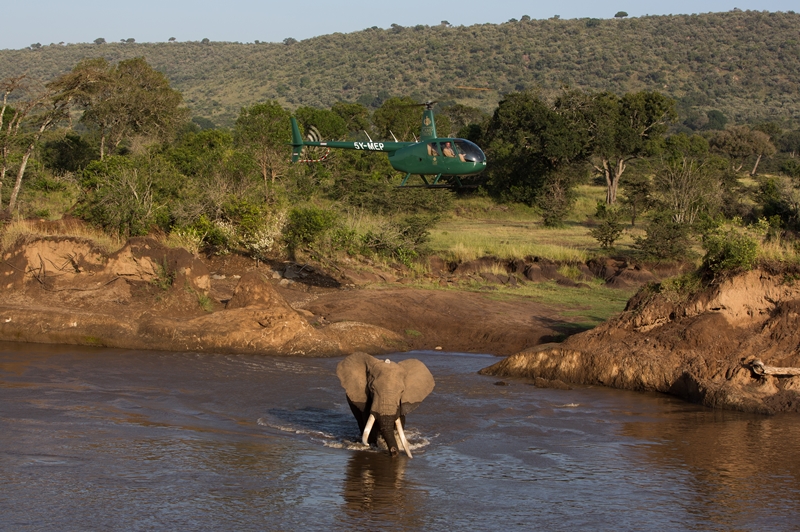
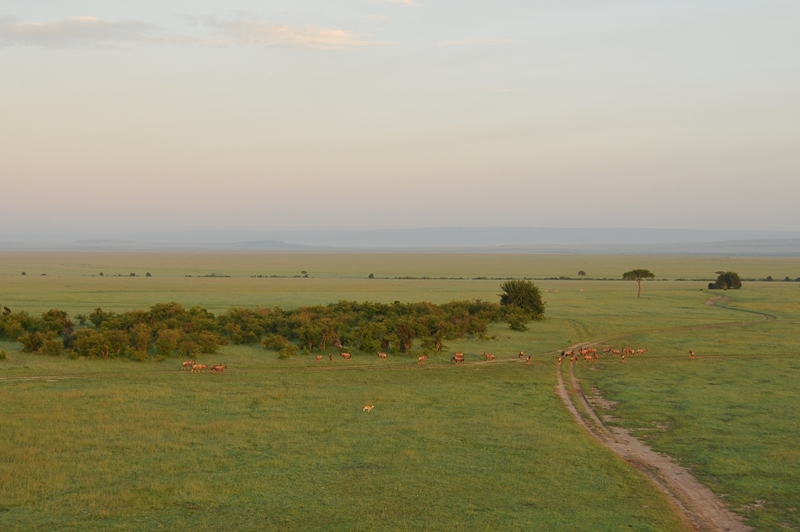
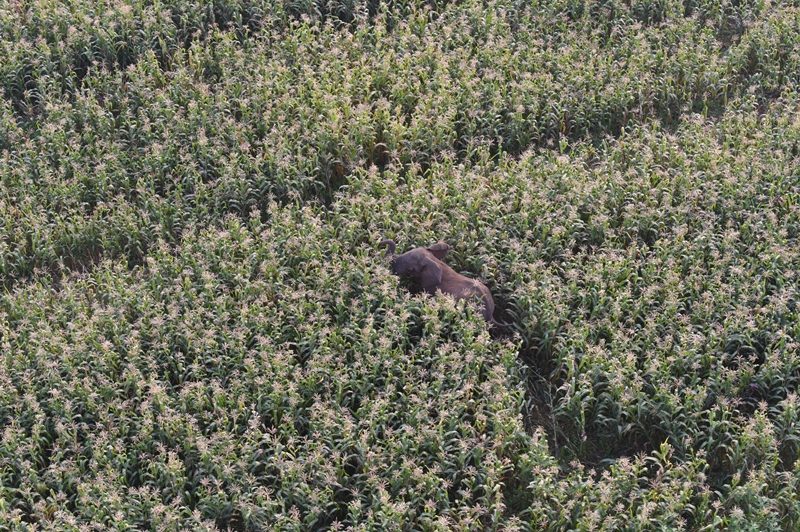
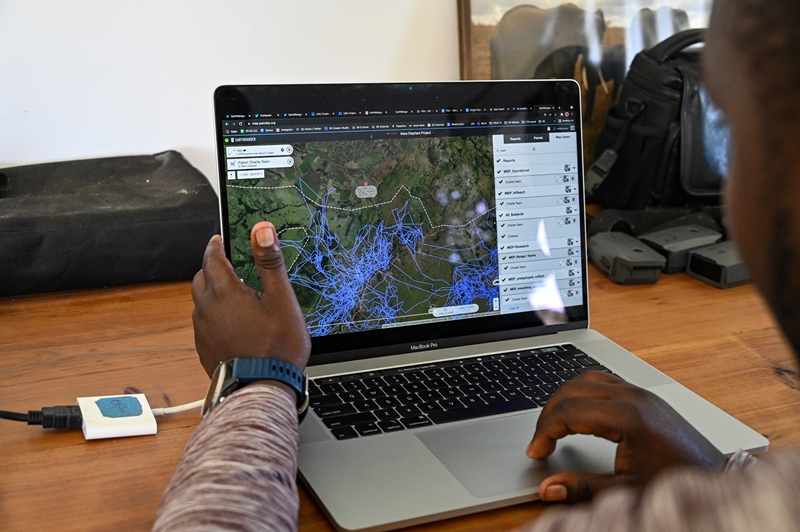

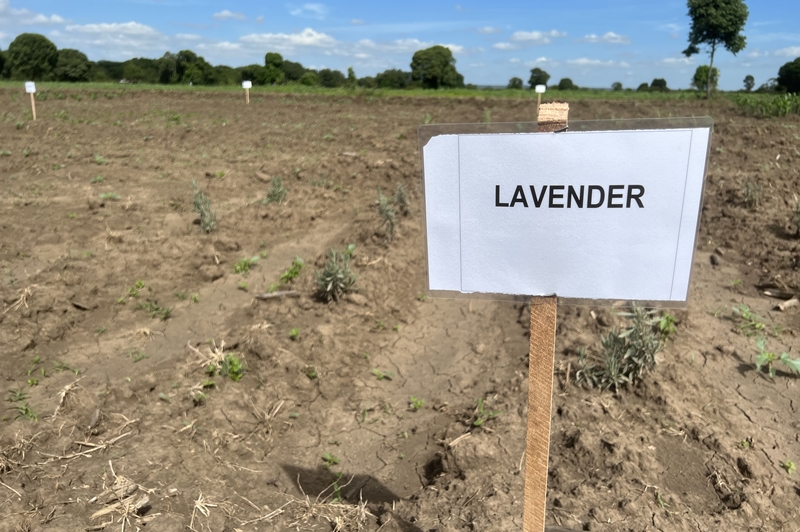
All funds raised during 2022 will contribute to the 2022 Project Fund so please do sign up for a charity challenge, support our creative initiatives, or make a donation if you are able to. Every Pound makes a difference. Thank you.
